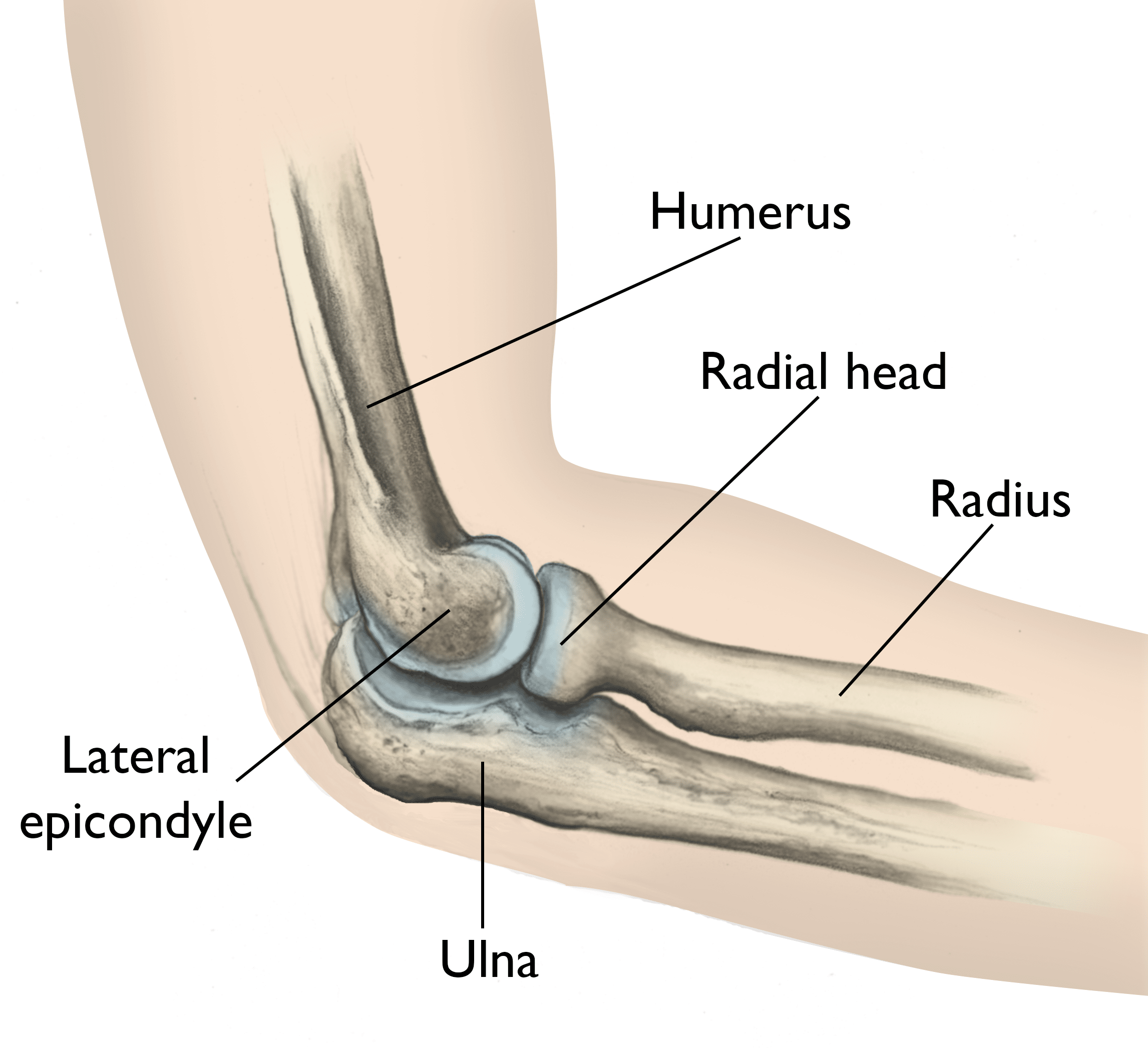Diseases & Conditions
Radial Head Fractures of the Elbow
While trying to break a fall with your hands, the force of the fall could travel up your forearm bones and dislocate your elbow. It also could break one or both of the bones (radius and ulna) in your forearm. Fractures of the radius often occur in the part of the bone near the elbow, called the radial head.
Radial head fractures are common injuries, occurring in about 20% of all acute elbow injuries. Many elbow dislocations also involve fractures of the radial head.
Radial head fractures occur more often in women than in men, and they are more likely to happen in people who are between 30 and 40 years of age.
Symptoms
The most common symptoms of a radial head fracture include:
- Pain on the outside of the elbow
- Swelling in the elbow joint
- Difficulty bending or straightening the elbow, accompanied by pain
- Inability to turn or difficulty turning the forearm (palm up to palm down or vice versa)
Treatment
Doctors classify fractures according to:
- The amount of displacement (how far out of normal position the bones are)
- How many fragments there are
Treatment is determined by the type of fracture, according to the classification below.
Type I Fractures
Type I fractures are generally small cracks, and the bone pieces remain fitted together.
- The fracture may not be visible on X-rays taken at the time of the injury, but it can usually be seen if the X-ray is taken a few weeks after the injury.
- Nonsurgical treatment involves early and gradual increase in elbow and wrist movement (depending on the level of pain).
- A sling or splint is not usually needed beyond the first few days, if at all.
Type II Fractures
Type II fractures are slightly displaced and involve a larger piece of bone.
- If displacement is minimal, treatment may involve wearing a sling for a short period of time, followed by range-of-motion exercises.
- Small fragments of broken bone may be surgically removed if they prevent normal elbow movement or have the potential to cause long-term problems with the elbow.
- If a fragment is large and out of place enough, the orthopaedic surgeon will first attempt to hold the bones together with screws, or a plate and screws. If this is not possible, the surgeon will remove the broken pieces of the radial head or possibly perform a radial head replacement, which is replacing the broken fragments with an artificial radial head.
- The surgeon will also correct any other soft-tissue injury, such as a torn ligament.
Type III Fractures
Type III fractures have multiple broken pieces of bone which cannot be put back together for healing.
- In most Type III radial head fractures, there is also significant damage to the elbow joint and the ligaments that surround the elbow.
- Surgery is often recommended to either fix or remove the broken pieces of bone and repair the soft-tissue damage. If the damage is severe, the entire radial head may need to be removed. In these cases, an artificial radial head is often put in place.
- Early movement to stretch and bend the elbow is usually advised after most surgeries to avoid stiffness.
After surgery to repair a radial head fracture, the surgeon will recommend minimal weightbearing through the arm and no lifting objects heavier than a few pounds for a period of time. Depending on the fracture pattern and other associated elbow injuries, your arm may be placed in a splint or cast for a period of time.
Even the simplest of fractures will result in some loss of movement in the elbow. You may be asked to do exercises on your own or to see a physical therapist (PT) or occupational therapist (OT) to help you maximize the amount of motion you get i the elbow. In some cases, your elbow stiffness may be limiting enough that you require a second surgery to remove scar tissue.
Last Reviewed
September 2025
Contributed and/or Updated by
Peer-Reviewed by
AAOS does not endorse any treatments, procedures, products, or physicians referenced herein. This information is provided as an educational service and is not intended to serve as medical advice. Anyone seeking specific orthopaedic advice or assistance should consult his or her orthopaedic surgeon, or locate one in your area through the AAOS Find an Orthopaedist program on this website.







